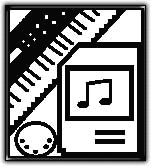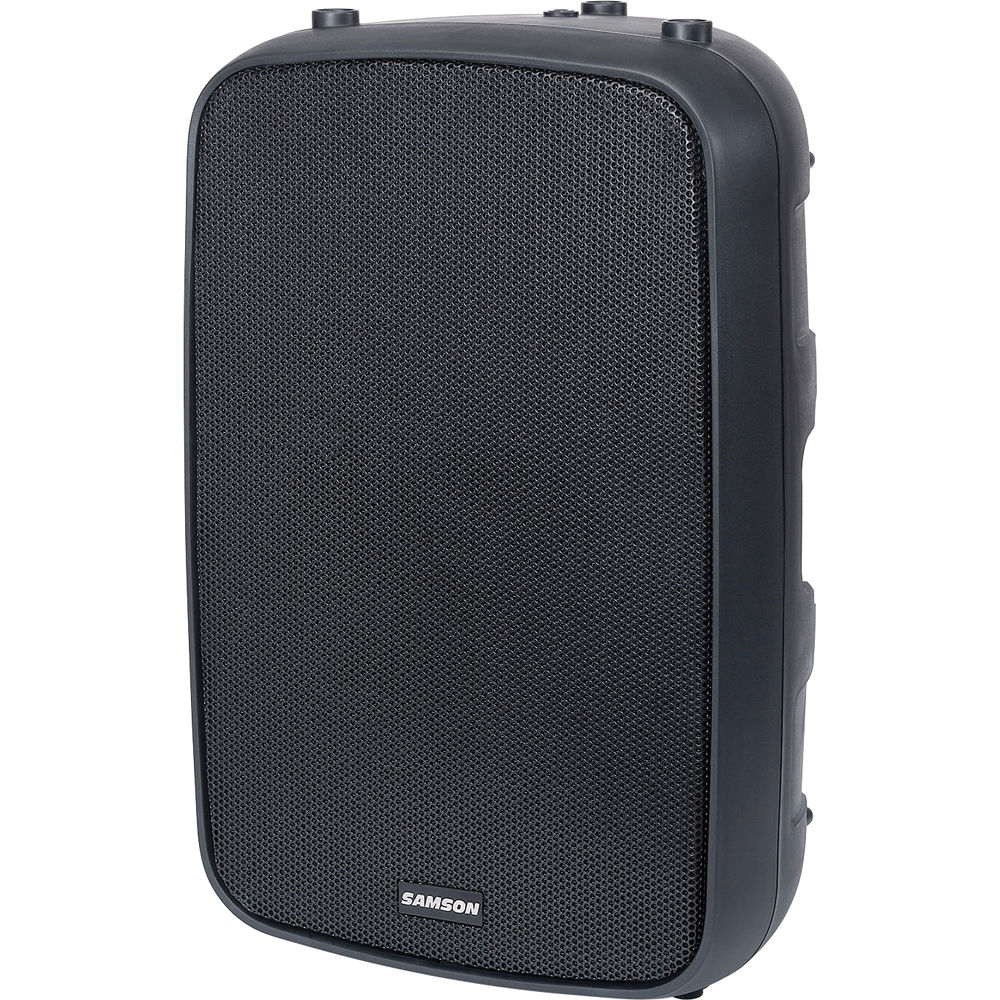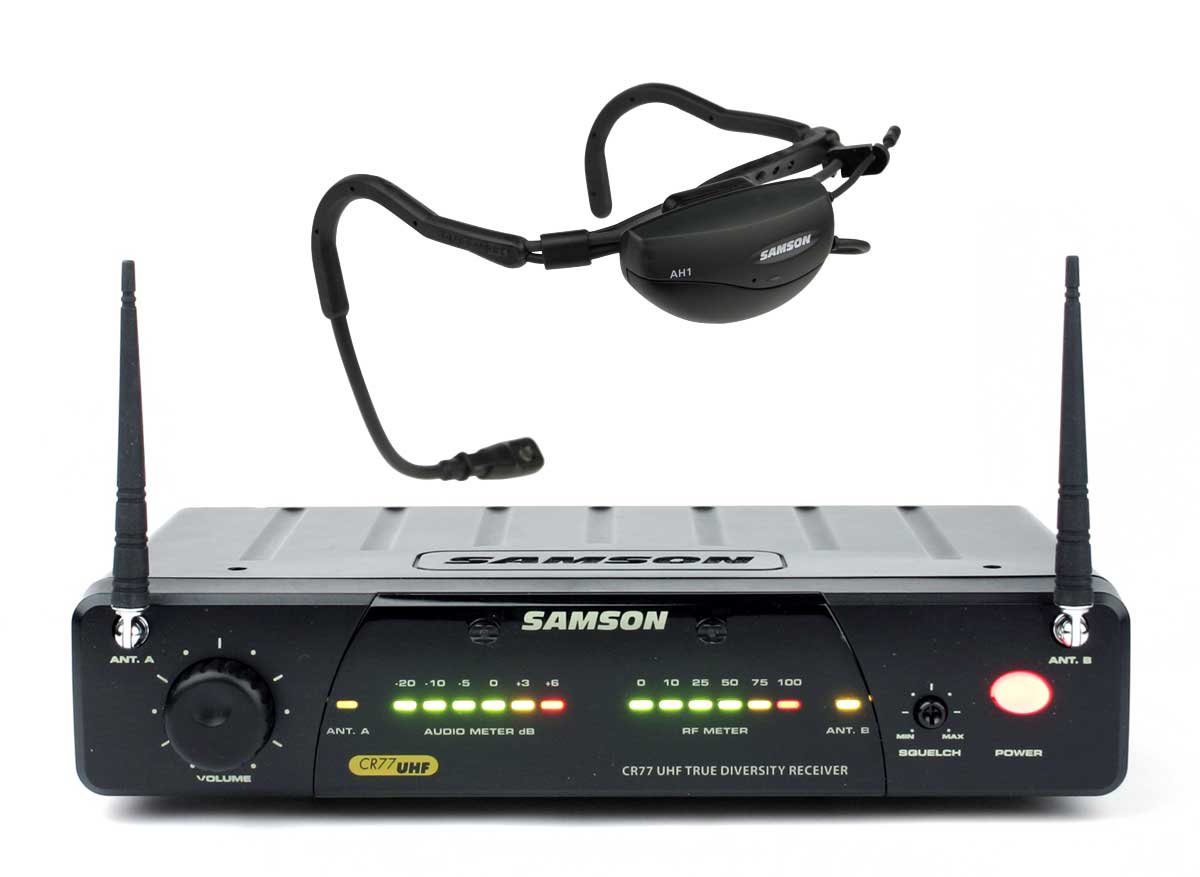Overture is easy-to-use notation software that's powerful enough for use by professional musicians and composers. Overture's intuitive interface puts powerful editing tools and symbol palettes at your fingertips, so you spend time composing music instead of searching through menus and dialogs. You can enter notes quickly on-screen with your mouse or computer keyboard or record a MIDI performance for instant viewing. Most commands can be done with one simple command directly on the score.
Overture is great for demanding composers, arrangers, music educators, and students—those who want the flexibility to create complex orchestral, band, choral, lead sheet, and tablature scores, and do it quickly.
Full VST/AU Integration...
Open the VST/AU Instruments rack and load any VST/AU instrument or effect. You can easily add controller and key switches using the pre-define libraries for most of the popular sample libraries.
Edit MIDI Directly on the Score
Now that your VST/AU Instruments have been loaded and your score has been entered, its time to do the final tweaking to get that great sound. Switch to MIDI data mode and your MIDI data is displayed above each track ready to be edited. Easily draw in or erase existing data right before your eyes with the score underneath.
Finally create a CD...
Now that you have high quality sound scores, you can save them as a wave file to be burned onto a CD or sent to a friend.
Overture's new setup dialog lets you build your scores in one main dialog. You can choose standard instruments or templates for your tracks, and then set the title page, starting meter, time signature, etc., all within the dialog. You can set the default font to the Jazz font.

Read MusicXML Files
Open a MusicXML file created from Finale, Sibelius, or a scanning program.
Record To A File
Score Writer 4 allows the output of VST instruments to be saved as a WAVE file.
Import MIDI File
Importing MIDI files now has options for putting tracks in Score Order.
Auto Save
Set the interval to automatically save your score into a backup folder.
Score Editing
Overture allows you to edit your score in an intuitive manner, unlike other programs, so there is no need to hunt through levels of dialogs or search the manual, just to make a simple change. Overture’s intuitive interface puts powerful editing tools and symbol palettes at your fingertips, so you spend time composing music instead of searching through menus. For complete orchestral arrangements, lead sheets, individual cues or even simple notation examples, there’s no faster way to create professional notation than Overture. Overture's new features only add more power, not confusion as in other notation programs.
Add Interval Function
Select notes and choose this in the Edit menu to add a 2nd though a 9th above or below selected notes.
Articulations
Choose Notes>Flip>Articulations command to move articulations to the opposite side of stem. Clicking on an articulation in the palette applies it to any selected notes.
Capo Setting
Guitar Frames can be changed using a capo command. The original chord name can be displayed above the new name or the new chord name can be displayed below the frame with the original above the frame.
Colors Themes
User can set your own workspace color themes.
Hand and Zoom tools on Tool bar
Separate tools for dragging page and for zooming in or out. The hand tool will drag individual staves when clicked on. When clicking on white space the entire page is moved. These are easily selected by typing ‘h’ or ‘z’.
Pedal Bracket
The pedal bracket can now be used as a regular horizontal bracket by deleting the middle point and using the flip command.
Quick Paste
Select a passage and Alt (option on Mac)-click to paste it into the score. Repeat this as many times as necessary.
Redo Pitches
Select a note and enable this in the Notes menu. Any notes played on the MIDI keyboard will replace the selected note and next note will be selected. The existing rhythms are kept.
Smarter Mouse Entry
Mouse entry automatically recognizes polyphonic rhythms and adjusts stems and voices to accommodate. Rests are automatically entered. The layout adjusts to accommodate notes based on allotment tables. In other words, measures wrap down to the next system to avoid crowded notes. This can be turn off by the user.
Selection Filters
Select a range and then filter out any symbols. This powerful note filter allows you to choose pitch, duration, velocity range, note head type and articulation. Also you can choose the starting point in a measure and the interval. For example: You could filter all quarter notes on the second and fourth beats that have a velocity above 90. You could then click on the accent symbol in the articulation palette to add an accent to the selected notes.
Show/Hide Palettes
One keystroke to show or hide all open palettes.
Split System
Splitting a system starts a new system at current measure. Overture will try to keep this measure as a start of a new system whenever laying out a page.
Swing Marking
The tempo dialog has a setting to show swing. Two Eighths = Beamed Quarter/Eighths triplet.
Symbol Color
You can now change the color of symbols in the score - notes, lyrics, text, hairpins, dynamics, etc. This is particularly useful for emphasizing important score information especially in educational music. The symbols print in color, too.
Show Grid
The score background becomes a sheet of graph paper to help in aligning symbols.
Title Items
Title items can be place on every page, not just the first.
View Options
The View popup menu now has a Fit Page to Screen Width or Height.
Page Layout
The Page Dimensions dialog was rewritten to show the new layout of the score as score staff sizes are reduced. As you move the Score Size slider the score is automatically reformatted and shown in the score view area. You can view any page in the score to make sure you have to correct size.
Lyrics – Improved in Overture 4
Overture allows up to eight lyric verses and automatically spaces the lyrics to match the notes they’re attached to. Lyrics can be entered directly on the score using the Lyric tool or in a batch mode using the Lyrics Window. You can enter lyrics from other programs by copying them onto the clipboard and then pasting them into the Lyrics Window. Also in the Lyrics Window is a setting to display automatic verse numbers.
Dynamics Tempo markings
Overture makes entering, creating, copying and moving dynamics, tempo indications, and other text and markings intuitive and powerful. Overture automatically places dynamics below or above the staff as needed and avoids collisions where ever possible.
Chords
Enter chord symbols from the Chord Window or by playing them with a MIDI keyboard. Chords are independent from notes and can be placed anywhere.
Percussion Notation
Overture has always offered incredible simple percussion notation entry.
Extras
Overture also simplifies countless other text entry tasks like repeats and codas, cue notes, rehearsal marks, and tablature and fret boards for guitar and other fretted instruments.
Toolbars
The first group of toolbars offers you the standard selection, cut and paste, copy and erase tools, and gets a lot of work done.
The next group controls individual note and note-modification entries - click and hold each one to bring up a detachable and floatable "palette" of options. From these palettes you can select every input possibility - note values (128th to triple-dotted whole notes, standalone and tied, tuplets, nested tuplets - even harp pedal settings), ornamentations, dynamic and articulation markings, notehead styles (standard, percussion, even gospel "picture" notes), string instrument tablature, guitar-specific markings (bends, hammer-ons, string numberings, etc.), jazz-specific-articulations like slides and flutters.
The next group covers text markings - dynamics from pppp to ffff, hairpins, tempo markings, free-form comments, and expression markings.
The toolbar finishes with options for clef selection, staff type, barline style (straight, repeat, bracketed, endings, etc.) and quantization options. In short, you've got at your fingertips anything you need to notate and annotate a score.
Symbol Playback
Overture 4 has many new playback features not found in any other notation program. Articulations, ornaments, expressions, symbols, hairpins, dynamics, etc. can affect MIDI playback. The built in library defines how they affect the MIDI playback and is customizable for each score.
Articulation Playback
Articulations can affect attack times, durations, velocities, and send controller data, key switch data, or even pause the score. These are user definable and saved with the score. Articulations such as Breath mark and Grand Pause, pause score playback.
Espressions
Expressions now can send tempos throughout a range, bank changes, etc. at any point in the score. You can also tell Overture to switch playback voices anywhere in the score. Controller names and key switches are predefine for VST instruments.
Glissando Playback
Select a glissando and then choose diatonic, chromatic, or white keys to be used during playback. You can set the line type to solid (none if thickness 0), or wavy and choose to display text.
Chord and Guitar Frame Playback
Select a chord and then choose the starting offset times, durations and velocities to be used during playback.
Symbol Playback
Any symbol from the Graphics palette can affect playback. You can set the number of times a section is repeated using the single and double bar repeats and endings from the Barline palette.
MIDI Data Mode
Enter MIDI data mode and the notes appear as a piano roll above the measures. Note start times durations and velocities can be dragged. Above each measure is a small MIDI data area where controller data, pitch bend, tempos, etc can be entered, changed, or erased. You can choose the type of data to be edited as well as the density when entering the data. Extremely powerful for those using notation with sample libraries and want complete control over the MIDI data directly on the score.
Choose the type of MIDI data to edit from the control bar

Draw or erase the data directly on the score

Humanize Function
You can randomize start times, ending times, velocities, and tempos within the selected area.
Modify Controllers
Any controller can be reassigned to another controller and its values can be set to a new value or scaled. This is very useful when transferring files that use different libraries.
Scrub Tool
Click the scrub tool and drag over horizontally over measure to hear your changes notes one at a time.

MIDI Clock
Overture now sends MIDI Start, MIDI Stop, MIDI Continue, and MIDI clock. This allows you to sync other programs like sequencers with Overture
Redirect MIDI
Each track's MIDI output can be sent to another MIDI port and have any MIDI input port be sent to the track's original output device. This is useful for sample libraries that use a separate MIDI utility.
Use Your Software Instruments
Listening to Your Music
Your scores will now sound as if they were recorded in the studio. Any VST instrument or effect can be loaded, not just the small light library found in other packages. So you have a great string sample library but need a classical guitar. Overture is the only notation program that can load all VST instruments and effects. Overture has been tested with over 600 VST instruments and effects, so whatever you have, plug it in Overture and listen to your scores in CD quality. When you're ready, save your score to disk for burning onto a CD.
Overture 4 is now a full VST/AU Host. Load up to 256 VST/AU Instruments and 4 effects. Any track's output can be assigned to any VST instrument loaded into the rack. The outputs from the VST/AU instruments are routed to a Pre Gain slider and then into the effects rack. Each output from each effect is sent to the next effect in the rack. The output from the last effect is sent to a Master Gain slider.
The VST/AU Instruments rack has a CPU meter to display the amount of time the CPU is taking to process a buffer of audio data and a Disk meter to display the amount of time Overture is using while performing output to the hard disk while recording audio data. Overture's output can be saved to disk as a wave file for burning to a CD.
The rack information is saved with each score and automatically loaded when the score is opened
System Requirements
Macintosh OS X 10.5 and above
- Power Macintosh Native or Intel
- Minimum 512MB (1GB RAM recommended)
- Macintosh-compatible Printer
- Macintosh-compatible MIDI interface required for MIDI recording
- CD-ROM drive
Windows XP-Windows 7
- Pentium 100 MHz
- Minimum 512MB (1GB RAM recommended)
- Windows-compatible Printer
- Windows-compatible MIDI interface required for MIDI recording
- CD-ROM drive
Overture 4 comes on CD-ROM.
File Compatibility
Overture 3 and 4 are cross platform compatible and therefore can read each other's files but previous versions can not read newer file formats.
Note: Overture 4 for MAC can read Overture 3 files but Overture 3 is needed to read previous versions of Overture for MAC.
This product was added to our catalog on Friday 20 September, 2013.





